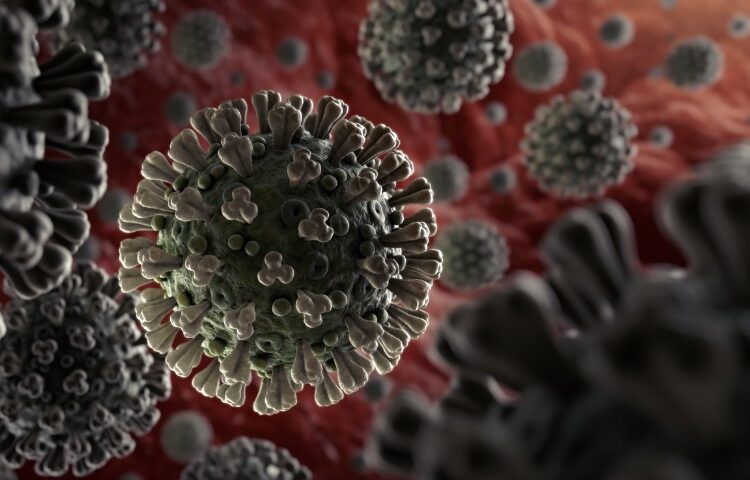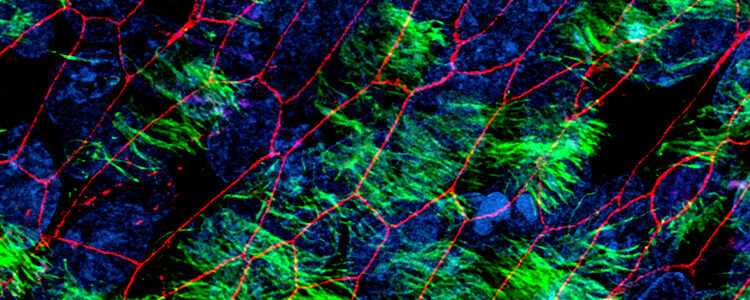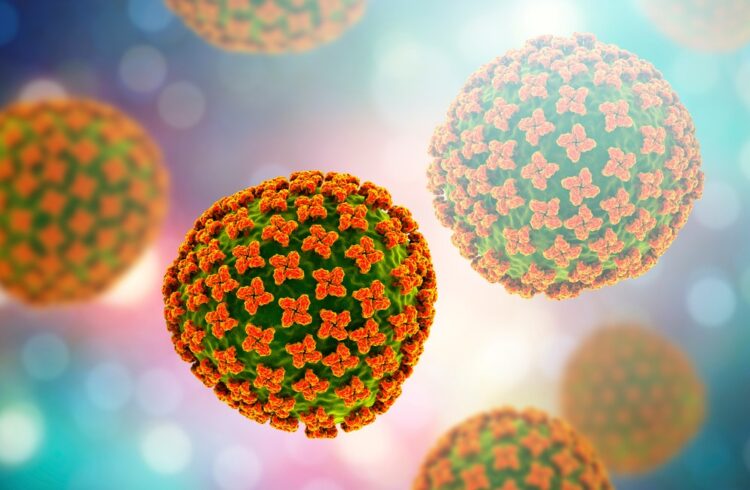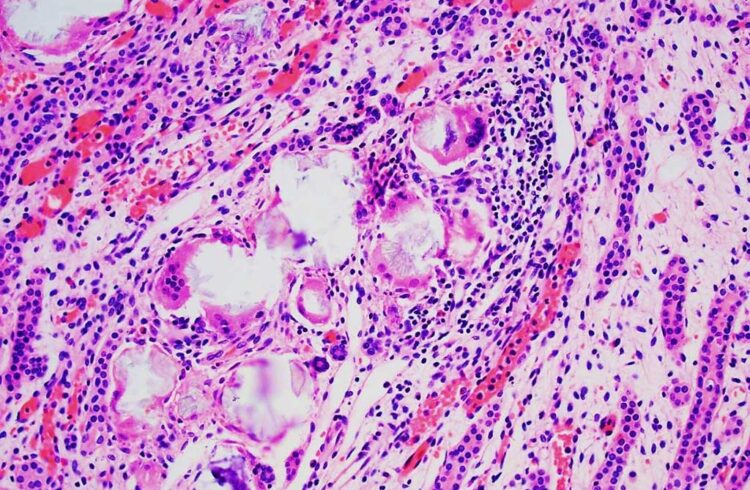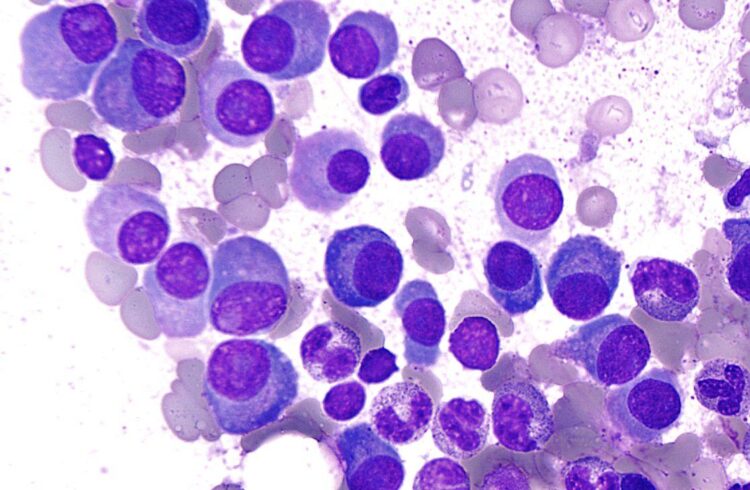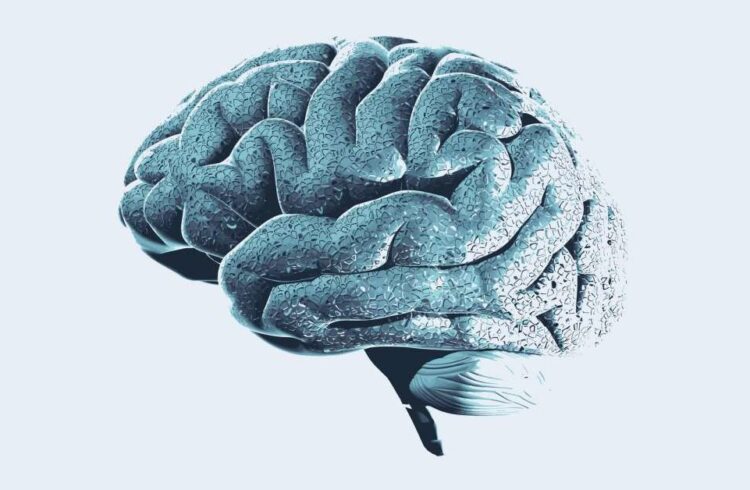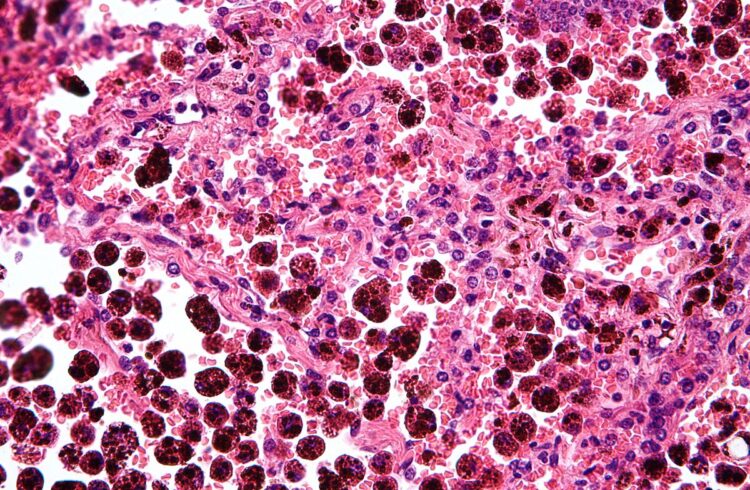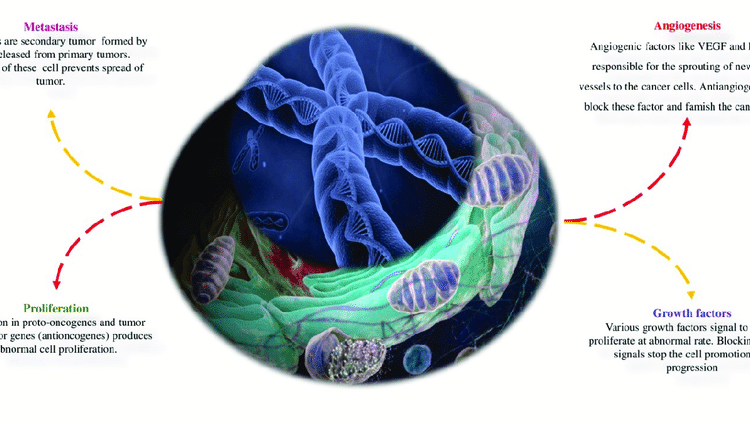In December 2019, it was confirmed that coronavirus infection (COVID-19) was caused by the SARS-CoV-2 virus, which had spread worldwide. Recently, the virus has continued to mutate in its shape and spread. Some mutant strains expand significantly faster than conventional strains. Therefore, in the case of a virus, protein synthesis, that is, material particles, depends […]
Excessive mucus production is characteristic of the etiology of several airway diseases, including chronic bronchitis, asthma, and cystic fibrosis. The MUC5AC and MUC5B proteins are significant components of the human mucus layer and contribute to airway mucus’s barrier function and rheology. MUC5AC is upregulated in the airways during various airway disorders such as COPD, CF, […]
Triple-negative breast cancer (TNBC) is a type of cancer involving three hormone receptors in hormone proliferation, estrogen receptor, progesterone receptor, and human epithelial growth factor receptor 2 (HER2) protein present on the surface of breast cancer cells. Unfortunately, Triple-negative breast cancer accounts for 10-20% of all breast cancers. TNBC has a higher growth potential than […]
The skin is the largest organ in the human body and acts as a barrier to protect our body from external particles, chemical substances, and ultraviolet (UV) irradiation. UV irradiation by sunlight is believed to be a major environmental factor that causes skin damage through a photoaging reaction, which also produces an enzyme called “gelatinase. […]
According to the China Health Bulletin, released on Dec. 19th, the disease control center in Xi’an City revealed that a few people were infected with epidemic hemorrhagic fever in Xi’an City in the winter. The first infected case was found on Dec.18th. Additionally, during the coronavirus pandemic, the European Centre for Disease Prevention and Control […]
Primary hyperoxaluria is caused due to congenital deficiency of metabolic enzymes, a disease in which the liver overproduces oxalic acid. Overproduced oxalic acid causes stones and calcification in the kidney, gradually impairing kidney function. If it progresses further, it leads to end-stage renal failure. Thus the person suffering from this disease is forced to undergo […]
Multiple myeloma (MM) is a lymphocyte among white blood cells that differentiate from B cells (immature cells become mature cells). It becomes cancerous, thus evolving into myeloma cells. It is a disease in which myeloma cells increase mainly in the bone marrow. Still, cancerous myeloma cells continue to produce antibodies (M protein) that are incapable […]
Alzheimer’s disease (AD) is the most common age-related neurodegenerative disease. It causes damage to the nervous tissue of the ability causes cognitive impairment such as depression and memory loss. Currently, there are some drugs available to suppress AD, but unfortunately, no effective treatment has been established yet. Amyloid plaque is one of the most common […]
In the current blog, I will share the research on Fucoidan by Dr. Miyazaki (Kyushu University), one of the leading researchers on Fucoidan in Japan. I would also like to explain the research content on fucoidan immunomodulatory action, one of the essential items. So far, all fucoidan-related studies have reported bioactivities such as anti-cancer activity […]
Hepatocellular carcinoma, which mostly occurs in cases with liver cirrhosis, accounts for 90% of primary liver cancers. The rest is “bile duct cell carcinoma (intrahepatic bile duct cancer)” that forms in the bile duct that runs in the liver. The leading cause is a chronic liver disease caused by Hepatitis B or C virus infection […]



